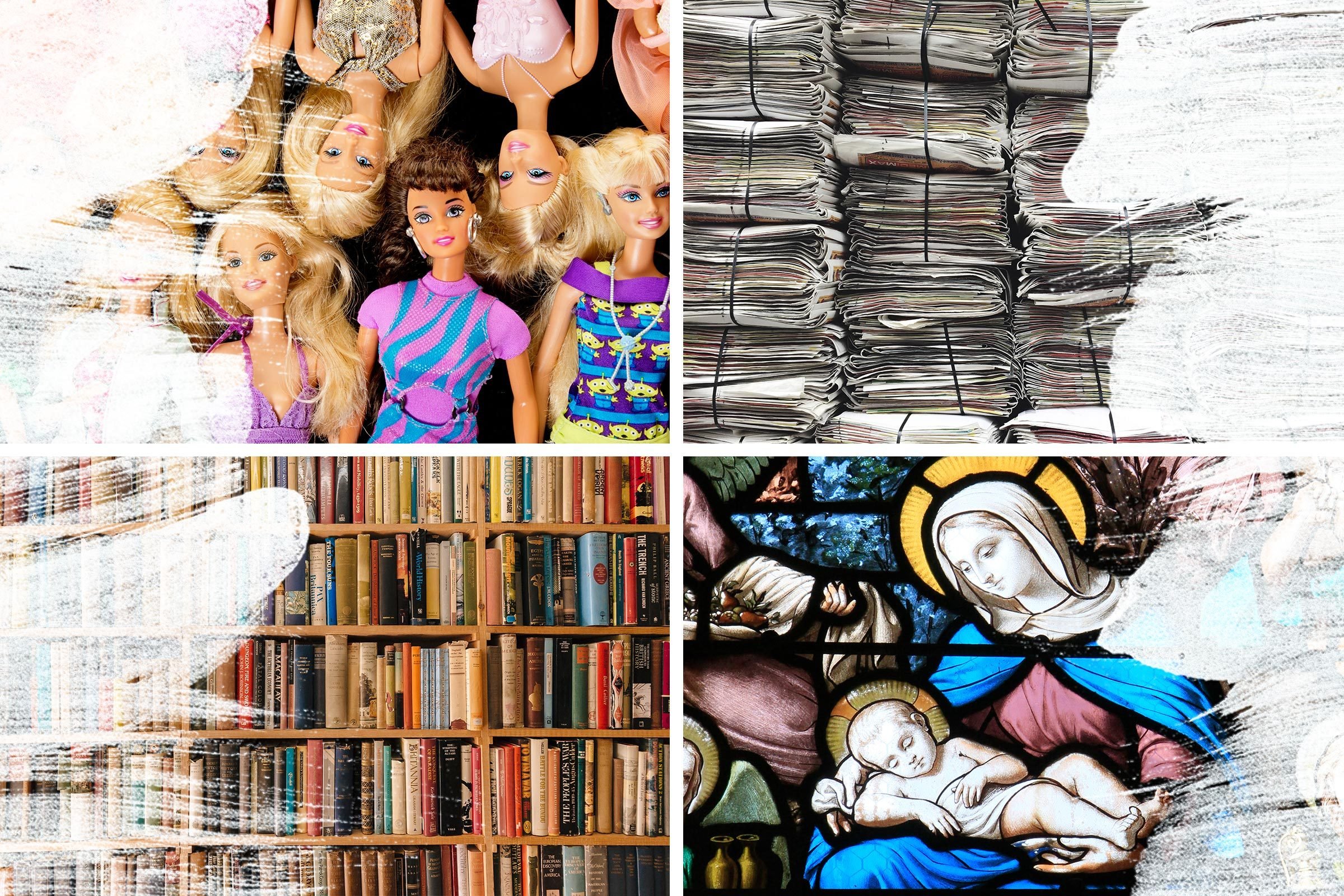
Rewriting history
Imagine a monochromatic world in which everyone is the same color: White. That is, in a sense, what pop culture, the history we are taught in school, and even religion often ask us to do. As applied to entertainment, whitewashing generally refers to the practice of casting White actors in non-White roles in order to appeal to larger audiences, at the expense of diverse representation. But whitewashing encompasses so much more than that. The term was once used primarily in reference to covering up scandalous behavior or glossing over a reputation shrouded in controversy. It entered the popular vernacular during the ’90s in commentary on racist casting, but it has permeated our culture in myriad other ways to make an increasingly diverse world more White-friendly.
There are too many examples of it for one article to cover, so instead of a master list, here are ten areas of our culture where whitewashing frequently happens. Some of them are so ingrained, we may not even realize that people of color have been written out of their own narratives. Whitewashing also often takes the form of cultural appropriation, and here are some examples of that often-misunderstood concept.
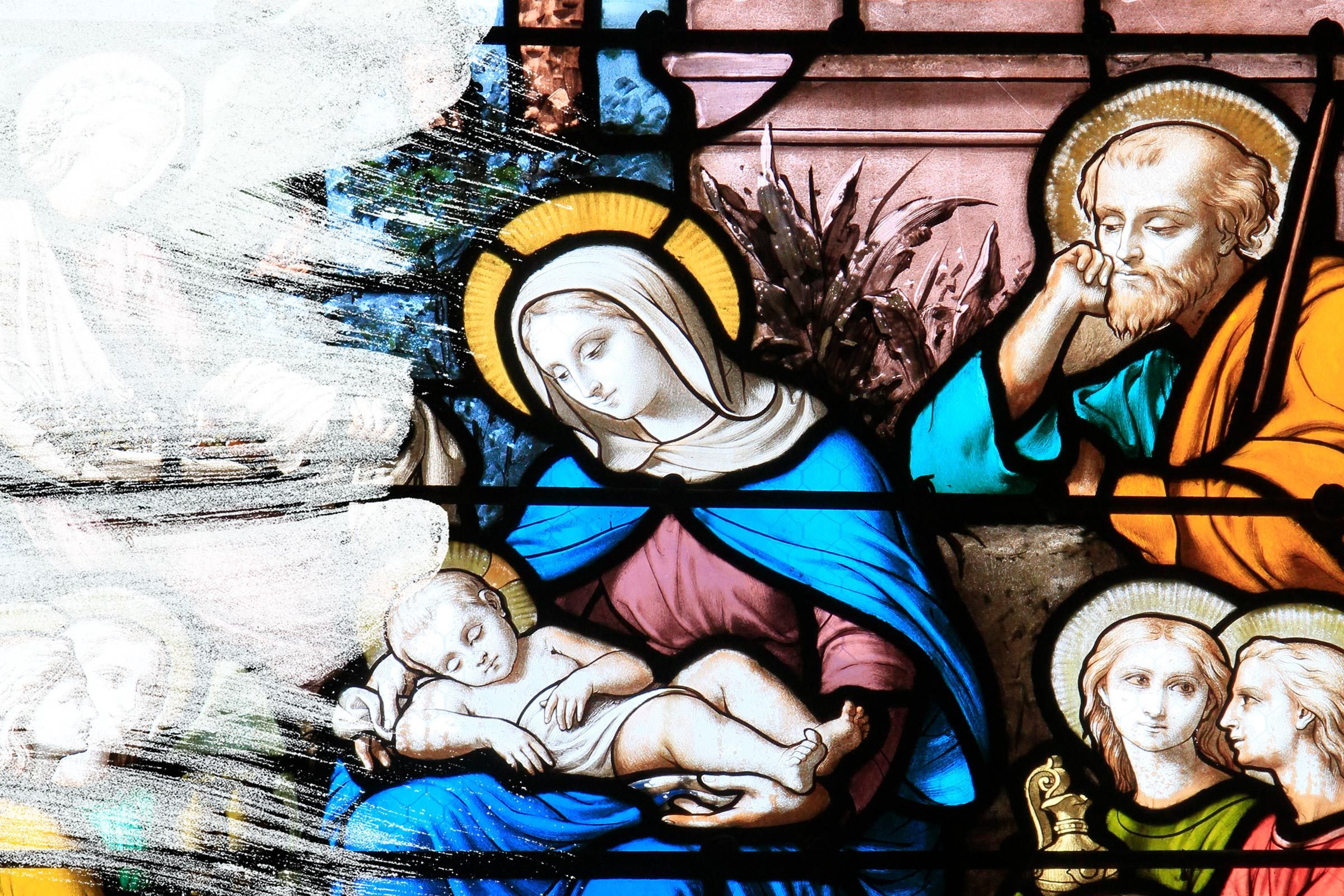
Whitewashing in Christianity
Religious art and films have been whitewashing the Bible for centuries. Although Jesus, Moses, and other biblical heroes all were born in the Middle East, they’re usually depicted in paintings, movies, and other media as being White, often with blue eyes. One of the most iconic works of art is Michelangelo’s David, and the white marble statue presents the Hebrew king as someone you might find at a Scandinavian bathhouse.
In essence, the Europeanization and Americanization of the Bible have made Christianity an all-White affair. “This is not only historically inaccurate, it is psychologically toxic to non-Whites,” Jonathan Holmes wrote in a 2017 article for Faithfully Magazine. “In a world where Whiteness and Western culture are seen as normal and moral, the images of ‘God’s people’ in the Bible as White only reinforces feelings of inferiority among non-Whites. This even results in some subconsciously believing that God is White.” Are you shocked to find out Jesus probably wasn’t White? Check out these 24 surprising facts about one of the world’s most famous books.

Whitewashing in school
When most adult Americans think back on their education, they’re likely to remember mostly White teachers. Even today, the school system is dominated by White educators. Race doesn’t determine teaching skill, but White teachers may be likely to skew toward White-oriented curricula, which deprives all students of essential knowledge, particularly when it comes to non-White history. It also means that aside from their parents, non-White students will have a dearth of adult role models who look like them, and their education will be guided by teachers who, unintentionally or not, bring damaging racial biases into the classroom. This issue is compounded by the fact that much of history has also been whitewashed, something that’s very much reflected in American textbooks. (More on that below.)
“In the elementary school setting, for Black children and especially disadvantaged Black children, the effect of having even just one Black teacher is fairly big and robust and a real thing,” Seth Gershenson, an economist who studies education policy at American University, told the New York Times in 2017. “Black students are hurt by that lack of optimism that White kids get, and Black kids with Black teachers rise to meet their expectations.” In 2020, the inclusiveness of school curricula might be shifting. Here are 16 things your children will learn in class that you didn’t.
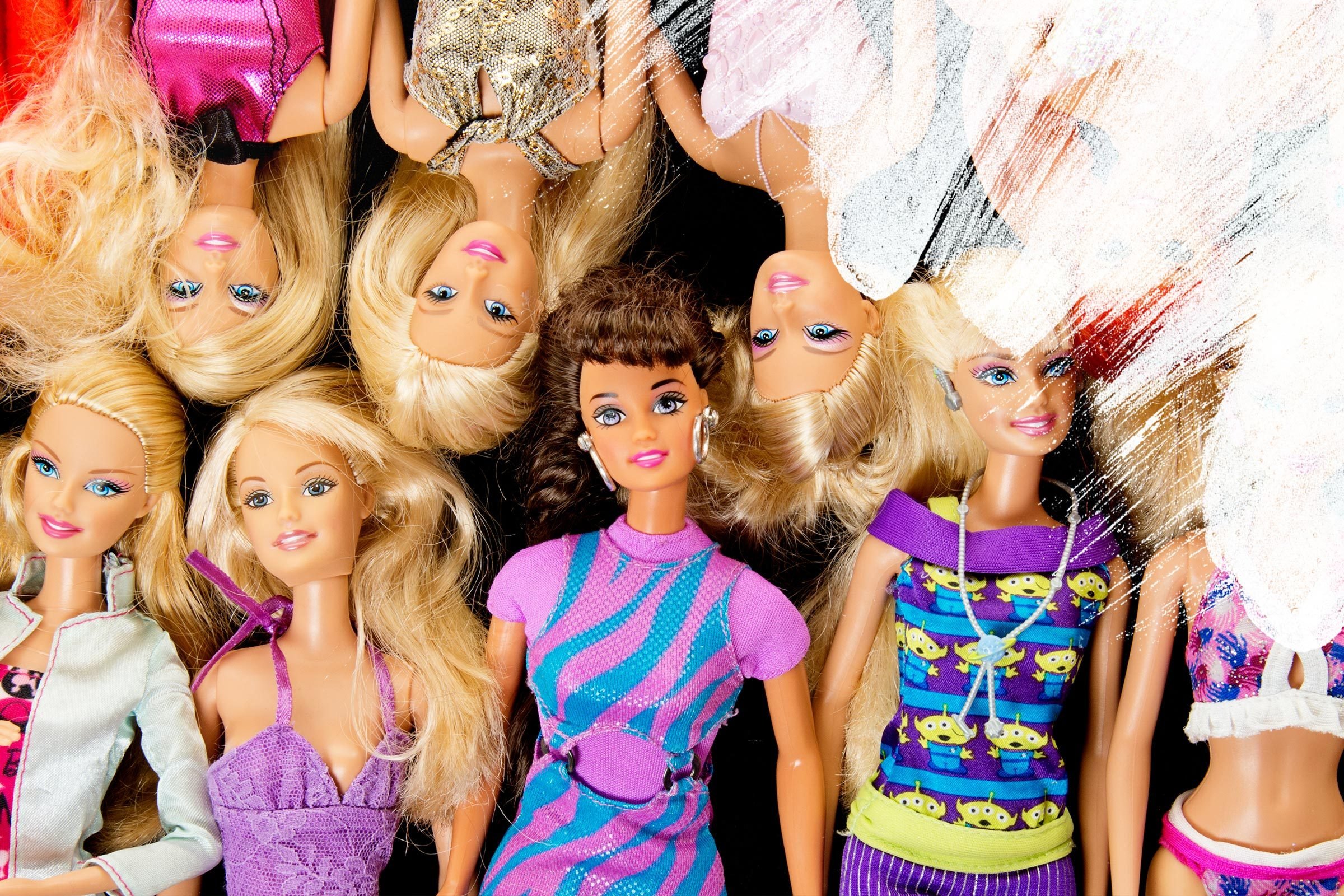
Whitewashing in childhood
Practically from the moment we exit our mother’s womb, we’re bombarded with whitewashing. For decades, Barbie, an icon of girlhood and arguably the world’s most popular doll, was almost aggressively White—blonde, blue-eyed, and sculpted to European-descended perfection. So was her companion, Ken. Although there is now a Black Barbie and other dolls for non-White children (and for White children who want them), the hallowed status of White Barbie in our culture as well as, until recently, the overabundance of White protagonists in fairy tales and children’s stories, from Cinderella to Goldilocks, created a whitewashed childhood world. As William Cummings wrote in USA Today in 2017, “If children don’t see themselves reflected in their toys, books and popular culture, they might think, ‘Well, what is wrong with me?'” Like the times, Barbie is changing.

Whitewashing in advertising
Madison Avenue has gotten better at diversity in advertising in recent years, but print and television ads remain largely White-centric. Even when you have popular Black commercial characters, like Jake from State Farm, they end up being largely surrounded by White costars. Meanwhile, Asians remain mostly invisible in Western advertising unless they are being used in commercials for Asian products or ones associated with Asia via stereotypes. Tone-deaf advertising pops up in a number of different ways that can be characterized as whitewashing. Sometimes it’s in an advertising hook; sometimes it’s right there in the name of a product. Several years ago, Nivea, which once used “White is purity” as a tagline, faced criticism for an ad targeted to Black women for a skin-lightening lotion called Natural Fairness Cream.
Well-known non-White figures get whitewashed, too. In 2019, after the noodle company Nissin ran an animated ad showing Haitian-Japanese tennis star Naomi Osaka with white skin and light brown hair, she told journalists at the Australian Open, “I’ve talked to [Nissin] and they’ve apologized. It’s obvious, I’m tan. It’s pretty obvious.” Delve into the psychology of how people learn prejudice.

Whitewashing in history
For years, U.S. schools have taught a whitewashed version of history, one in which White cowboys are the heroes, Indians are the villains, and slavery is a minor blemish rather than a massive permanent scar. The main movers and shakers are rarely not White. It glosses over important Black figures who came before Martin Luther King Jr., such as Frederick Douglass, Harriet Tubman, Booker T. Washington, and W.E.B. Du Bois, and holds up founding fathers like George Washington and Thomas Jefferson as icons of achievement and nobility while failing to mention that both owned slaves. Benjamin Franklin’s bigotry toward Native Americans goes unmentioned, and even later U.S. presidents like Woodrow Wilson, one of the most openly racist men ever to hold the office, are presented as paragons of White virtue.
“Most Americans are largely uninformed of our nation’s history of White supremacy and racial terror,” Noelle Hurd wrote in the Milwaukee Independent in 2019. “As a scholar who researches racial discrimination, I believe much of this ignorance is due to negligence in our education system. For example, a recent study found that only 8 percent of high school seniors knew that slavery was the central cause of the Civil War. There are ample opportunities to include much more about White supremacy, racial discrimination, and racial violence into school curricula.” Here are 18 history lessons your teachers got wrong.
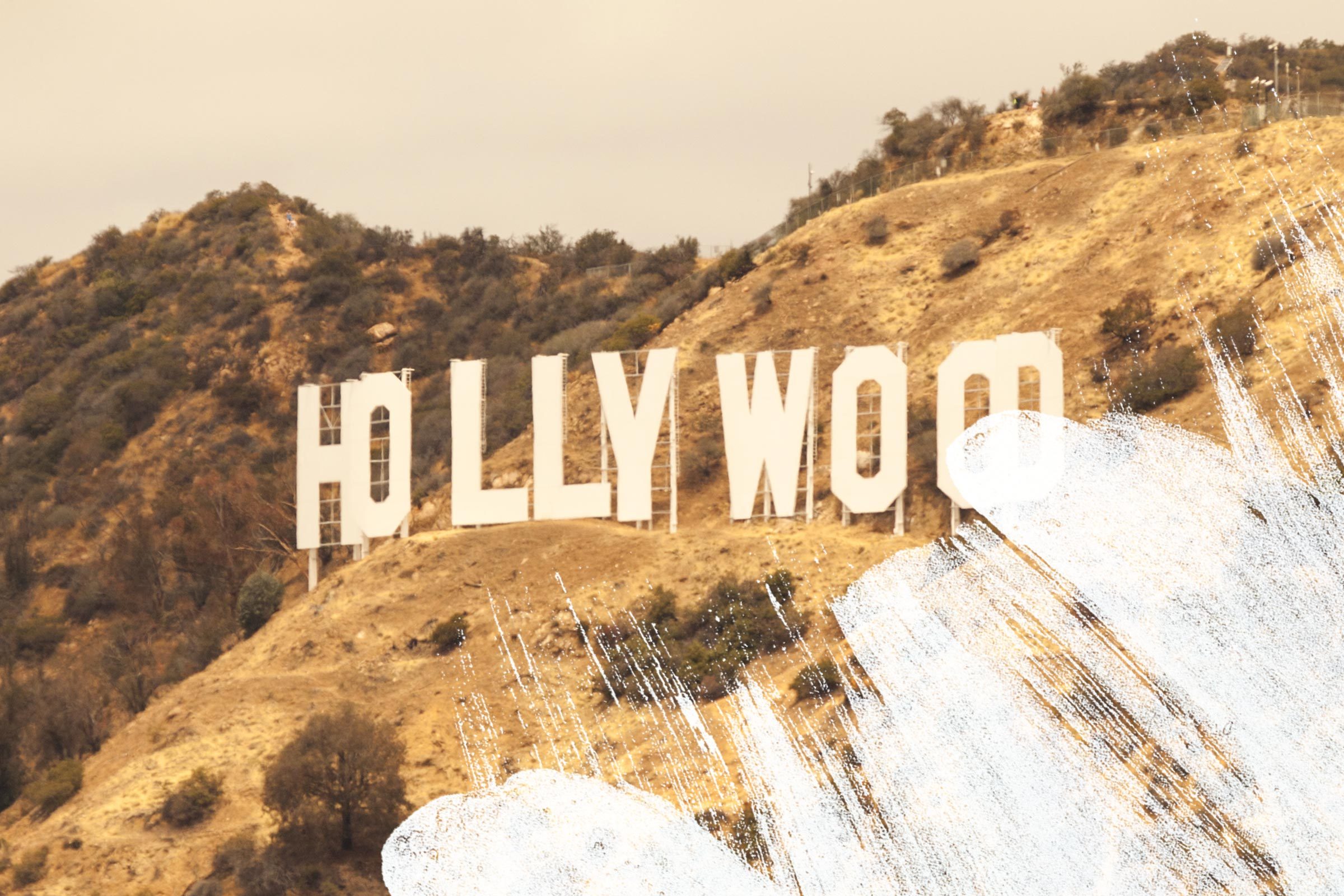
Whitewashing in movies and TV
Hollywood has a long and sordid history of whitewashing, dating back to the early days when, in movies like Birth of a Nation and Al Jolson vehicles, White actors used blackface to portray Black characters. Laurence Olivier plastered it on to play the Black moor Othello in the 1965 adaptation of the Shakespeare play. Hollywood didn’t let Mickey Rooney’s and David Carradine’s Whiteness stop them from playing Asian characters in, respectively, the 1961 movie Breakfast at Tiffany’s and the ’70s TV series Kung Fu. More recently, Shakespeare in Love star Joseph Fiennes played Michael Jackson in an episode of the U.K. series Urban Myths, though it never aired due to the uproar over the comically whitewashed casting. Meanwhile, movies starring Emma Stone, Scarlett Johansson, Jake Gyllenhaal, Johnny Depp, and Matt Damon have been criticized for featuring them in non-White roles, as have movies set in Africa and the Middle East starring White actors in all the central roles, like Noah and Gods of Egypt.
In a 2015 Culture Trip article on the worst of movie whitewashing, film editor Cassam Looch wrote, “Laurence Olivier was hardly the first actor to ‘black-up’ for the role of Othello, but what might have been just about passable on stage looks jaw-droppingly awful on screen. Cringe factor is so high on this clip that it’s hard to believe it’s not a parody.” Whitewashing is just one of the many reasons Black History Month shouldn’t be a single month.

Whitewashing in literature
The literary classics teachers require us to read in school are populated mostly by White characters and written by White authors, which is a kind of whitewashing where White talent and the fruits of their labor are more valued than non-White talent and the words they produce. And then there is Gone with the Wind, the 1936 Margaret Mitchell novel that actually romanticizes the slavery era. The book is as guilty of whitewashing as the film, which, in June, HBO Max temporarily removed from its lineup because of it. Unfortunately, as Jennifer Schuessler wrote in a June 2020 article in the New York Times, the 1939 film “has enduringly shaped popular understanding of the Civil War and Reconstruction perhaps more than any other cultural artifact.”
More recently, American Dirt by Jeanine Cummins, a White writer with Puerto Rican ancestry, was criticized for misrepresenting the Latino experience and serving up creaky stereotypes. In other words, it is Mexico whitewashed for White readers. In a January 2020 article for Teen Vogue, writer Angie Jamie called it “an opportunistic whitewashing of a story that is not hers to tell.”

Whitewashing in the news
George Floyd’s murder by a White cop and the ensuing Black Lives Matter protests received widespread coverage, but the reporting wasn’t as thorough as it could have been because of editorial departments dominated by White reporters, editors, and anchors. Many of them favored a whitewashed version of events that emphasized White protesters and law enforcers with little focus on the Black communities driving the story and most affected by it. Whitewashing in the news is also evident in the underreporting of unarmed Black men injured and killed by White police and in the way Breonna Taylor’s murder was swept under the proverbial rug until the Black Lives Matter protests finally made it trending news.
“MSNBC’s Brian Williams lamented the vandalism of high-end retail stores at the Third Street Promenade in Santa Monica, California, while news stations across the country celebrated and praised police officers for kneeling with protesters who, in some cases, they later tear-gassed and brutalized,” Keya Vakil wrote in July for The Courier. In the same article, Stephanie Nichol Whitehead, a criminal justice professor at Indiana University East, was quoted as saying: “There’s a huge emphasis [in media] on riots and confrontation and arrests and violence of the protesters, and there’s a lot less coverage of the protesters and their demands, and the reason why they’re there, beyond the fact that they’re connected with George Floyd.” Check out 22 of the most powerful signs seen at Black Lives Matter protests.

Whitewashing in music
Rock and roll has long been defined by White talent taking credit for Black art. The genre itself is based on blues music, a Black art form, yet it still took White artists like Elvis Presley, Pat Boone, the Rolling Stones, and the Animals to popularize music that originated with Black performers by whitewashing it for mass White consumption. It’s a familiar refrain that’s popped up frequently over the course of music history. In 1984, the iconic Black singer Chaka Khan scored the most successful album of the year with I Feel for You, whose cover featured a half-White, half-light Brown illustration of Khan.
Just a few years later, Arista Records chief Clive Davis took Khan’s friend and protégé Whitney Houston to the top of the pop heap by whitewashing her image to broaden her appeal. The 2017 documentary Whitney: Can I Be Me? explored how the pressure to succeed by not being herself may have led to the drug abuse that eventually killed her. “Here was the first Black crossover artist who had to be presented in a certain way to a White audience to make her acceptable,” the documentary’s director, Nick Broomfield, told Vice in 2017. “That had some enormous repercussions in her life with her own feeling of who she was. I think it’s also a story about those times, which was the early ’80s. Not only on a sexual level—her own sexuality—but also her vulnerability as a young Black very talented artist who had to make enormous sacrifices to play this role that I think became increasingly hard for her to play.” In 1990, Houston had a chart hit with “The Star-Spangled Banner,” one of a number of popular songs that are actually racist.
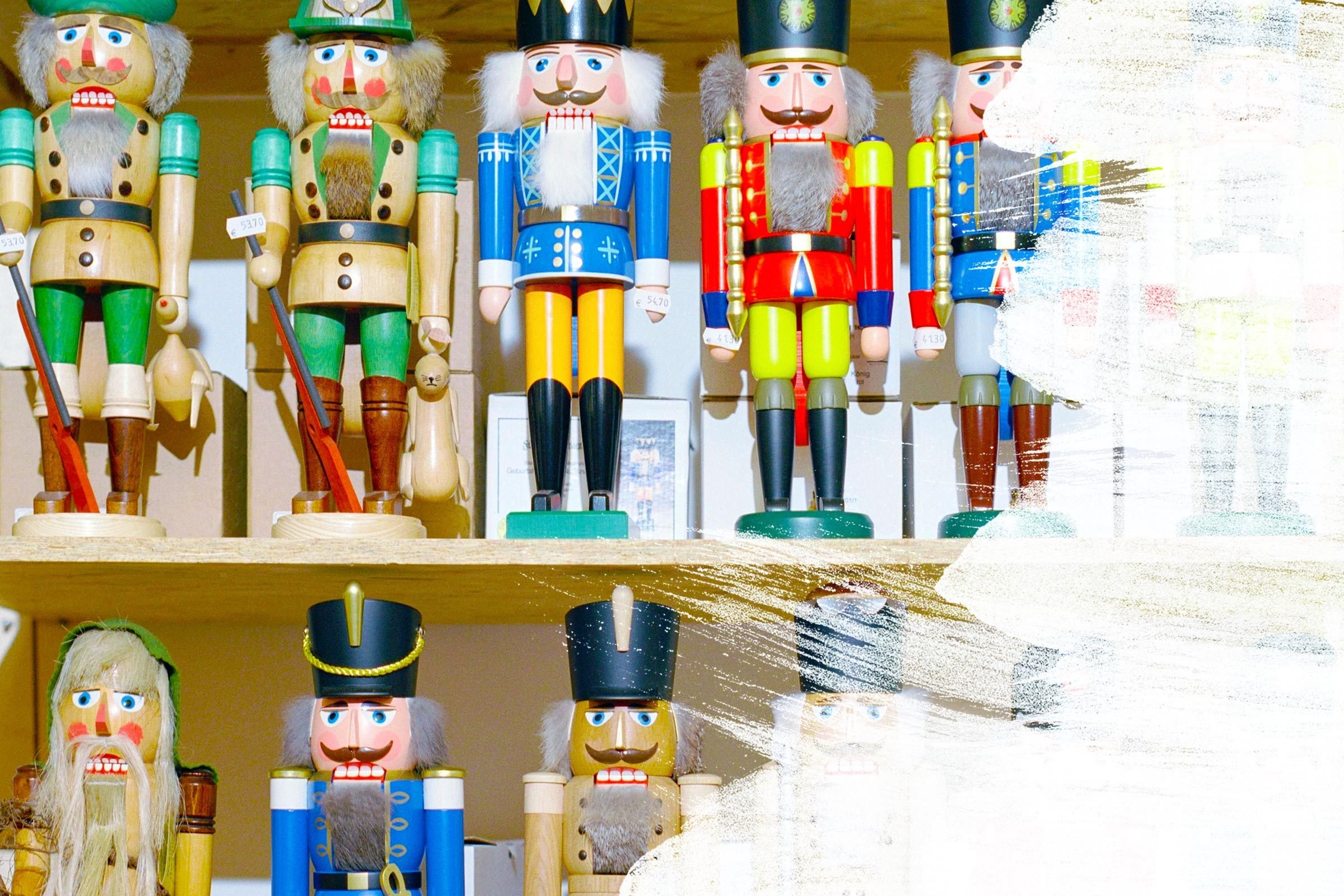
Whitewashing in holiday celebrations
Independence Day commemorates July 4, 1776, the day the 13 original U.S. colonies declared independence from England—all while Black Americans remained enslaved, considered the property of White Americans. Thanksgiving Day is often portrayed as beginning with a friendly feast attended by American settlers and Native Americans, ignoring the centuries of genocide, racism, and discrimination that followed. And Christmas, from the carols we sing (like “White Christmas”) to Santa Claus, might be the Whitest holiday of all. In recent years, it’s been mostly up to Nat King Cole’s “The Christmas Song” and Mariah Carey’s “All I Want for Christmas Is You,” to add a splash of color to the proceedings as presented in most media.
“Now, if we’re going to go with the idea of celebrating Christmas as the birth of Jesus (which a majority of Americans do, even if it’s subconsciously), why don’t we maintain some continuity with that storyline and let the Three Kings bring the gifts? Why invent a fat, White man to take over the job of three admittedly wise men of color?” Lori Tharps wrote in My American Melting Pot in 2018. “Could it be a simple case of racism and xenophobia?”
For more on this important issue, see our guide to the Fight Against Racism.
